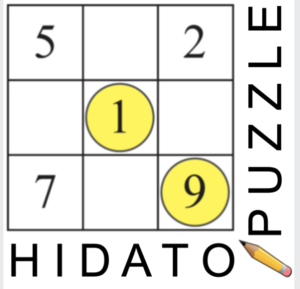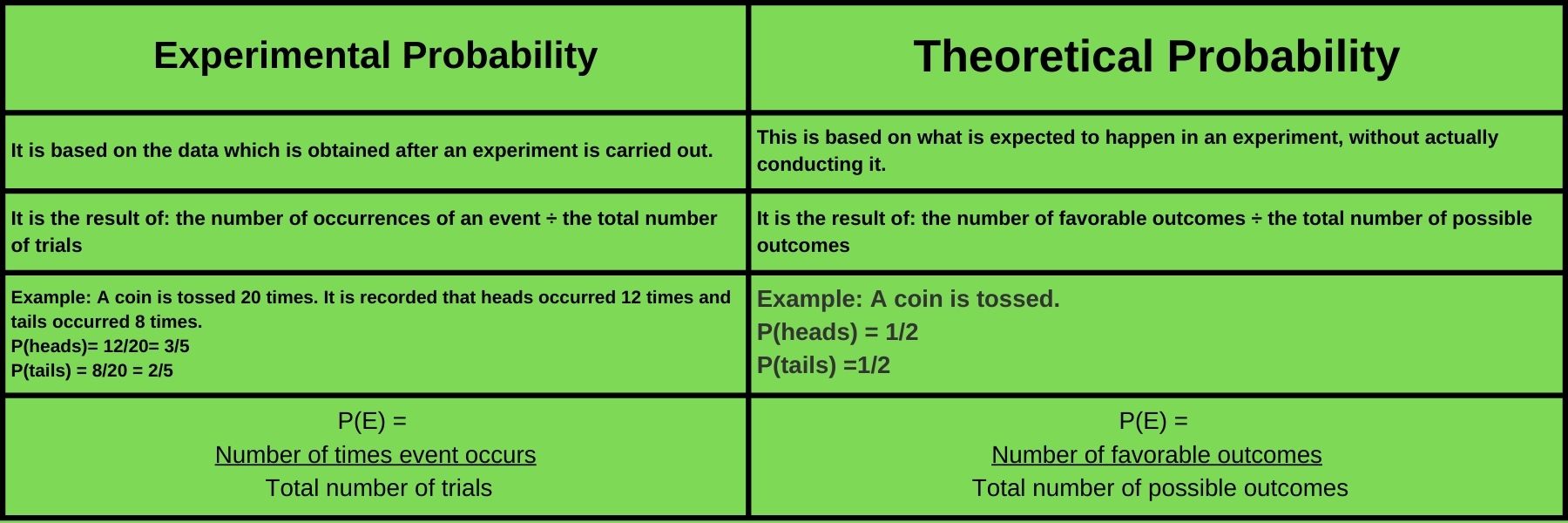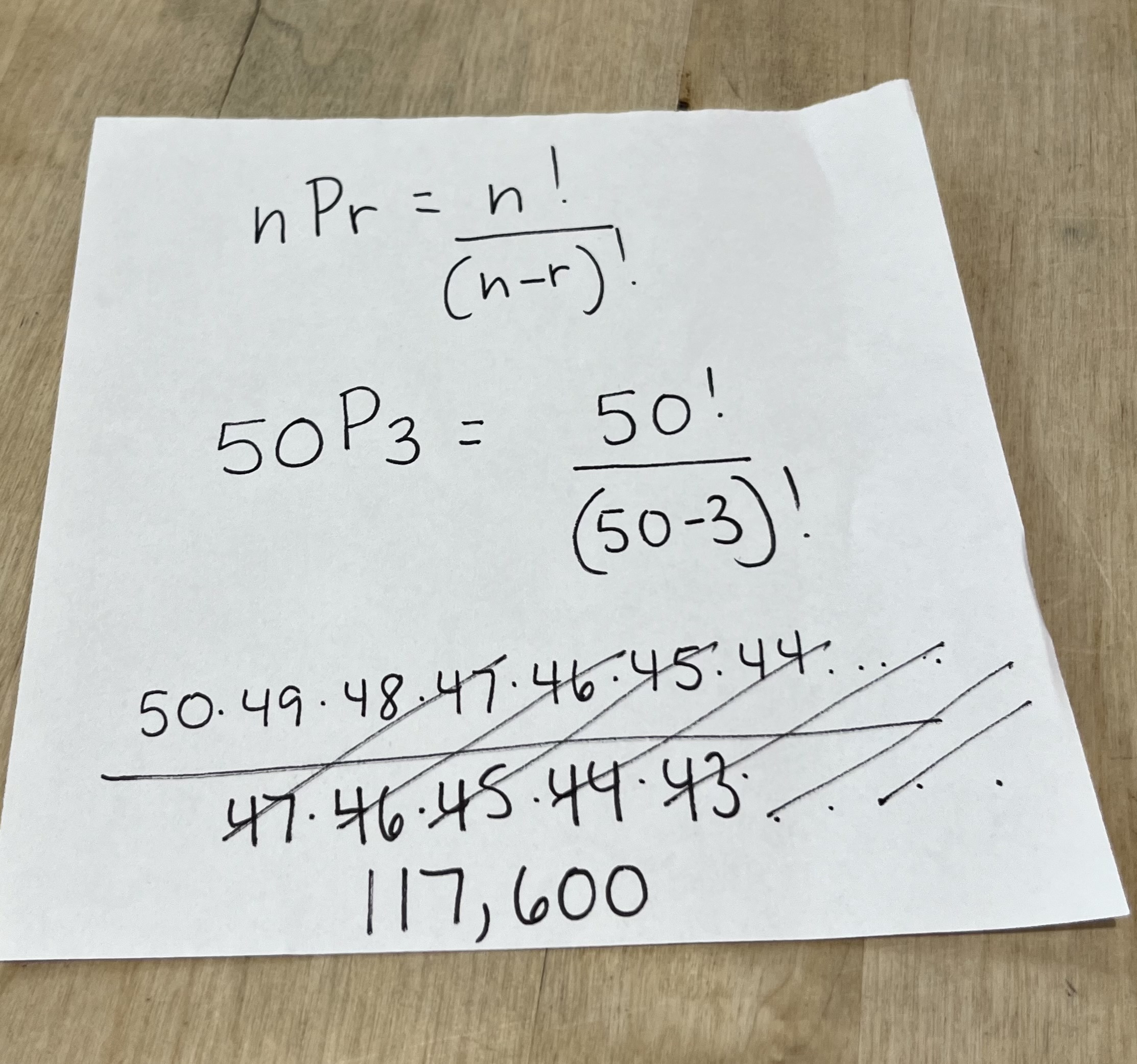A triangular prism is a three-dimensional geometric shape characterized by having two identical triangular faces at its ends, connected by three rectangular sides.
Spark your math thinking!
1. Set up your math mini spark recording page: #109:Volume of a Triangular Prism
2. Make a sketch of these triangular prism examples on your recording page
- Tents: Many camping tents have a triangular prism shape, with the top forming a triangle and the sides being rectangular.
- Pyramids: Some structures, like certain types of pyramids, can resemble triangular prisms when viewed from the side, especially if they have a rectangular base.
- Wedges: Tools like doorstops or some types of wedges are often designed in the shape of a triangular prism to provide stability and support.
- Chocolate Bars: Some chocolate bars are shaped like triangular prisms, with two triangular ends and rectangular sides.
3. Record this formula on your recording page.

4. Watch the teaching video and pause it to do the math on a piece of paper with the teacher. Add a picture of your notes to your recording page.
5. Do 3 practice problems at IXL. Record your work and your answers on your recording sheet. Add your score when you are done. (Sixth grade HH.5 Volume of triangular prisms 6ZL)
6. Share your math mini spark recording page with your teacher/EY coordinator.

 Looking at how things are alike and different helps us think critically. It allows us to analyze information about animal behavior and ecology, so we can understand and form our own ideas about how animals live and interact with their environment.
Looking at how things are alike and different helps us think critically. It allows us to analyze information about animal behavior and ecology, so we can understand and form our own ideas about how animals live and interact with their environment.













